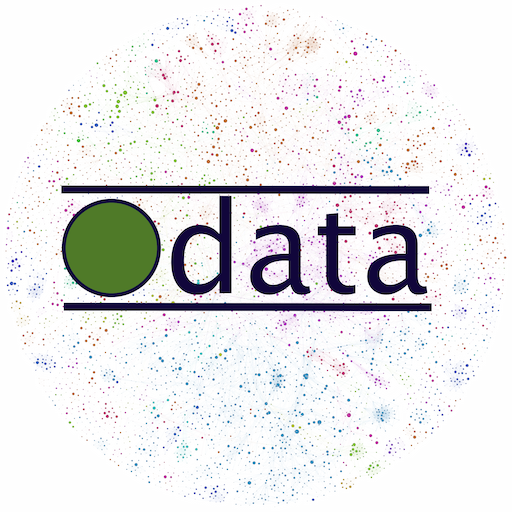

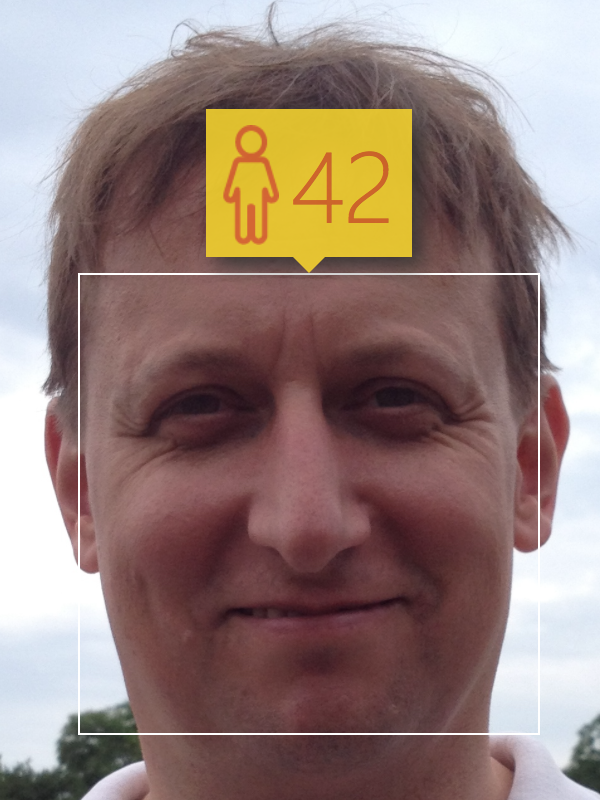

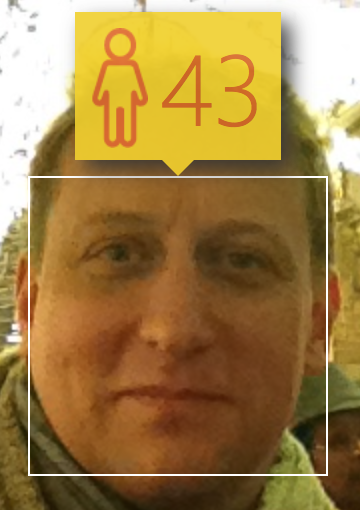

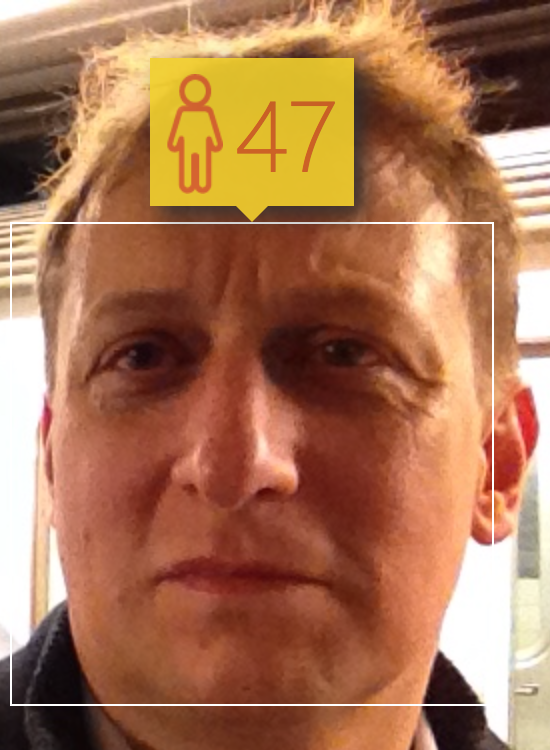 In this (second) machine age, it was only a matter of time before
machines would start guessing our age. Researchers from Microsoft have
recently released an online tool called “How Old Do I
Look?”. When given a photo, the tool will not only tell you how
old you are, but also your gender.
In this (second) machine age, it was only a matter of time before
machines would start guessing our age. Researchers from Microsoft have
recently released an online tool called “How Old Do I
Look?”. When given a photo, the tool will not only tell you how
old you are, but also your gender.
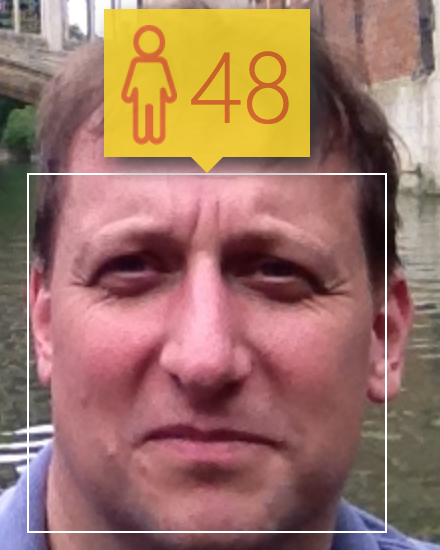 Since one is never too old to learn
— especially about oneself — I gave
it a go. Contrary to this rather biased article in The
Guardian, I wanted to use more than a single
data point per person to evaluate the predictor’s quality. (Data) Science oblige!
Since one is never too old to learn
— especially about oneself — I gave
it a go. Contrary to this rather biased article in The
Guardian, I wanted to use more than a single
data point per person to evaluate the predictor’s quality. (Data) Science oblige!
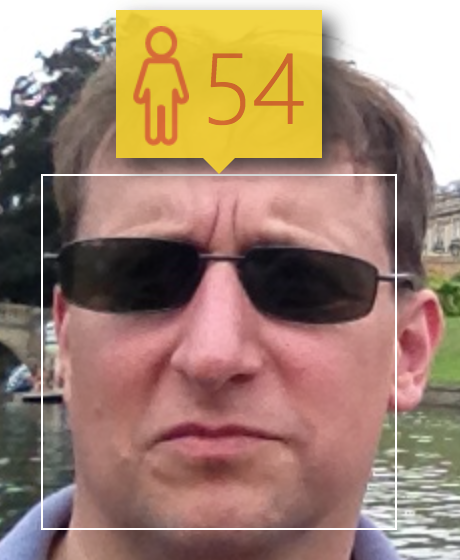 Enter my often mocked selfie archive, painstakenly collected over the
years for exactly this kind of scientific purpose. Thirteen pictures
from the last year were pseudo-randomly selected, with some variation in
hairstyle, location, sunlight, season, hours of sleep, bespectacledness, and headwear.
Enter my often mocked selfie archive, painstakenly collected over the
years for exactly this kind of scientific purpose. Thirteen pictures
from the last year were pseudo-randomly selected, with some variation in
hairstyle, location, sunlight, season, hours of sleep, bespectacledness, and headwear.
 Let’s start with the good news: in 13 out of 13 cases, my gender was determined as
being of the male kind. To whom it may concern, and for the record: this prediction is 100%
congruent with the actual situation.
Let’s start with the good news: in 13 out of 13 cases, my gender was determined as
being of the male kind. To whom it may concern, and for the record: this prediction is 100%
congruent with the actual situation.
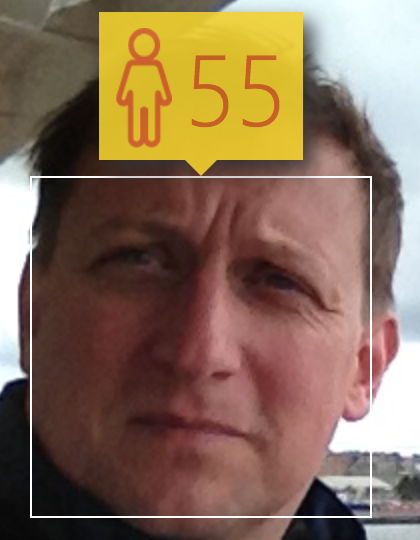 Then again, according to Microsoft, my average age over the last year
was (38 + 39 + 42 + 43 + 43 + 45 + 47 + 48 + 54 + 54 + 55 + 55 + 58) /
13 = 47,8 years. This is almost 2 years more than the actual
average age I had when the photos were taken. Not brilliant, but not
that bad either, given the relatively small test sample size.
Then again, according to Microsoft, my average age over the last year
was (38 + 39 + 42 + 43 + 43 + 45 + 47 + 48 + 54 + 54 + 55 + 55 + 58) /
13 = 47,8 years. This is almost 2 years more than the actual
average age I had when the photos were taken. Not brilliant, but not
that bad either, given the relatively small test sample size.
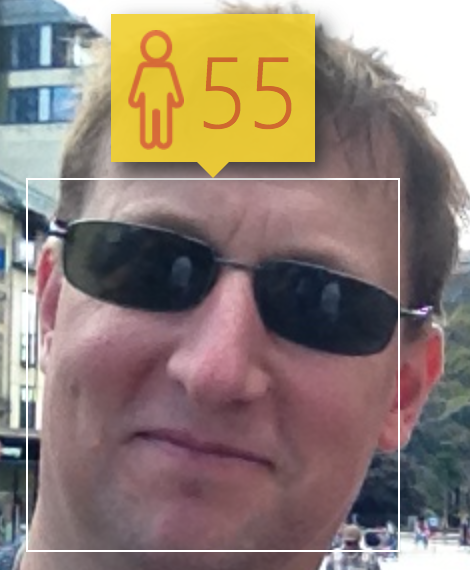 With a standard deviation of 6.7 years (about 1/7 of the
average), the age predictor does allow itself a fair amount of
variability. As the saying goes: with age comes wisdom, but sometimes age comes
alone. I’m talking about the predictor, of course — it may
still have some child diseases to outgrow.
With a standard deviation of 6.7 years (about 1/7 of the
average), the age predictor does allow itself a fair amount of
variability. As the saying goes: with age comes wisdom, but sometimes age comes
alone. I’m talking about the predictor, of course — it may
still have some child diseases to outgrow.
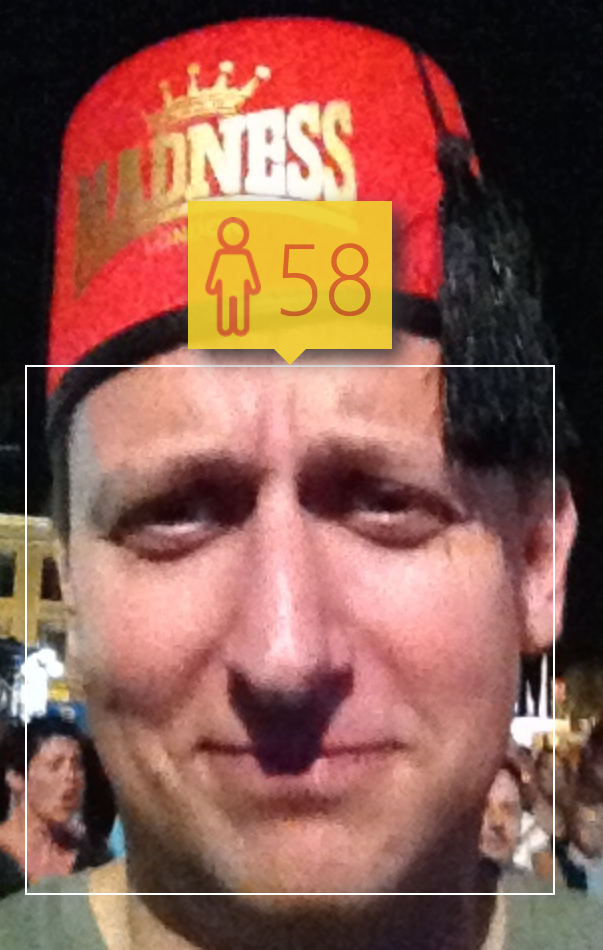 On a less serious and scientific note: both my daughters will no doubt revel in joy that funny hats do not make a
middle-aged person — let alone a father — look any
younger. Quite the contrary.
On a less serious and scientific note: both my daughters will no doubt revel in joy that funny hats do not make a
middle-aged person — let alone a father — look any
younger. Quite the contrary.
